You need a dedicated brand awareness strategy, here’s why…
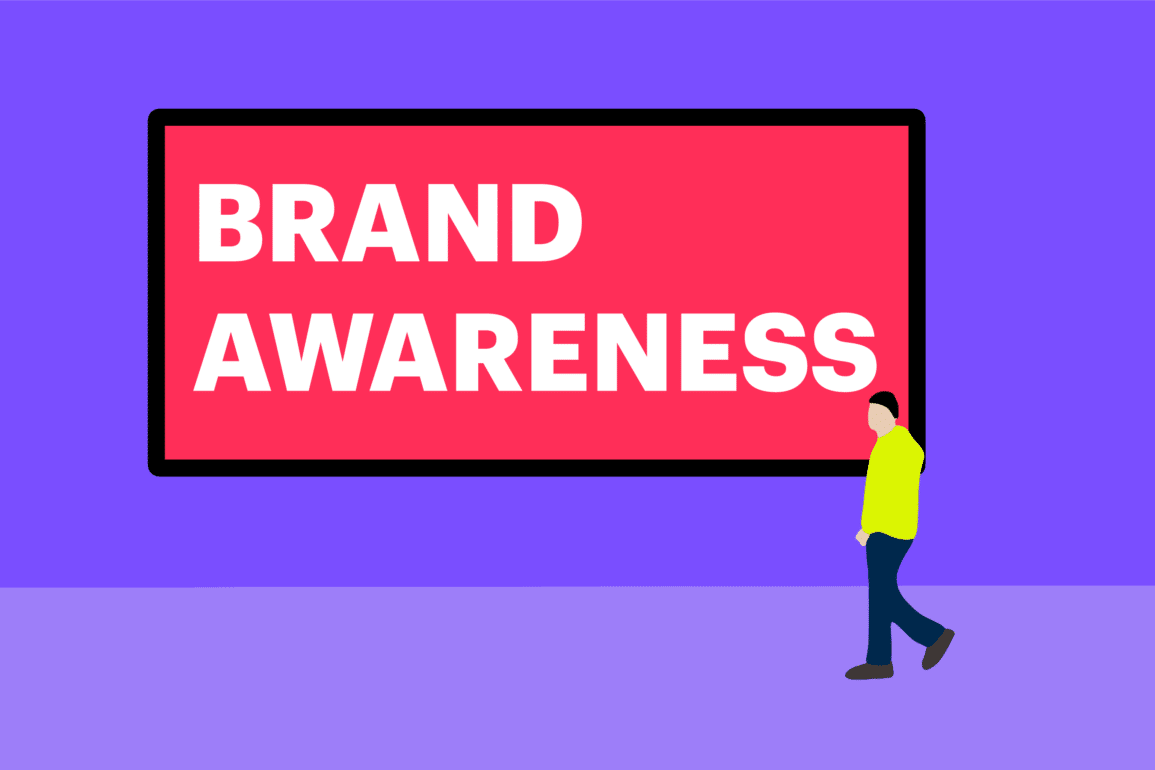
Your brand is more than just your logo and a set of catchy slogans – it’s the way that you separate yourself from the competitors in your niche. That means that building brand awareness online is unfortunately far more complicated than plastering banner advertisements on everything from Facebook, to relevant websites in your niche or sector.
As customers become increasingly more interested in building relationships with the brands they encounter, the baseball style “build it and they will come” approach just isn’t going to cut it anymore.
Let’s face it, today’s audience is overwhelmed by more marketing messages than you can shake a stick at. Wherever we go, and whatever we do, we’re constantly exposed to advertising so pervasive that it’s impossible to escape. That’s why the average user has learned how to block ads out altogether.
So, how do you survive in a world where you’re fighting for attention in a room full of people with hands over their ears? The answer could be the brand awareness campaign.
If your quest is to place your brand name and manifesto in front of as many relevant customers as possible – then you’ve come to the right place. Here, you’ll learn not only what a brand awareness strategy involves, but how you can use it to save thousands of pounds by targeting people who actually want to engage with your business.
Sounds pretty good, doesn’t it?
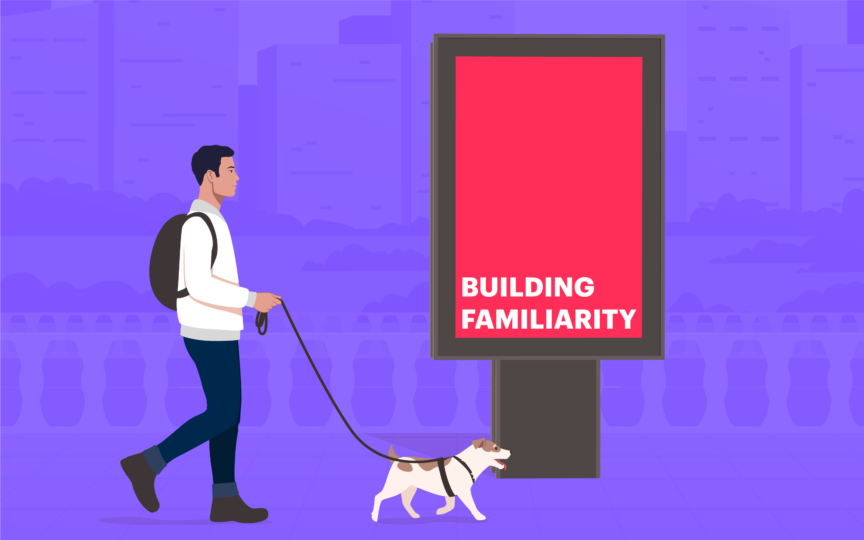
What is a brand awareness strategy?
Let’s begin by answering the most obvious question for this topic: “What is a brand awareness strategy?”
In simple terms, brand awareness is a term that describes the number of people who know about your brand, product, and services. They understand what you offer, and (hopefully) recognise your value. A brand awareness strategy, then, is the plan that you use to create that visibility. Often, this will include a combination of offline and online media designed to engage and influence your audience.
Notably, brand recognition and brand awareness are not the same thing. “Recognition” is a simple process of making connections. For instance, you might hear “Connecting People”, and think of the Nokia brand. On the other hand, “awareness” is a deeper cognitive state. It means people understand the basics of what your brand represents, and its key differentiating factors. For instance, someone “aware” of the Nokia brand might think of them when they’re looking for a strong, reliable phone.
Building a great brand awareness strategy isn’t just a good idea for your company – it’s a crucial way to improve your sales figures. After all, you can’t make sales if customers don’t know your company. With a brand awareness strategy, you have an informed plan for:
- Building familiarity: The more your prospects understand your personality, presence, and values, the more you gain their trust. Trust is the holy grail of marketing, and loyalty can’t exist without it.
- Market penetration: Companies who can develop a strong sense of brand awareness among their audience often find it easier to dominate their chosen niche. One study found that a brand awareness strategy significantly drives market performance.
- Differentiation: A successful brand awareness strategy allows you to position your brand in a way that’s positively different from your competition. By building on the contrast between you and other players, you can improve lead acquisition and sales.
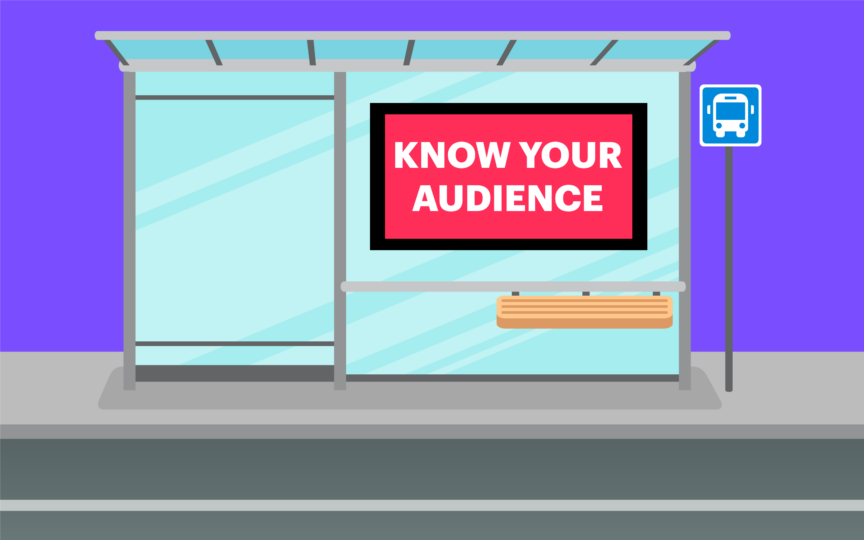
Your brand awareness strategy: Where to get started
So, how do you get started on the path to an incredible brand awareness strategy? Basically, you’re looking for something that responds to the “customer awareness journey“. That means:
- Creating awareness of a problem.
- Demonstrating your solution to that problem.
- Selling your brand as better than your competitors.
To do these things, you need to know your audience, create an advertising strategy, build your social presence, and pinpoint your goals. It sounds like a lot of work – but when it comes down to it, it’s all a matter of following some simple steps.
Step 1: Know who you’re trying to reach
If you don’t know who you’re talking to, then how can you make sure you’re speaking their language? When it comes to a brand awareness strategy, it’s important to remember that you’re not just trying to reach “everyone”, you’re investing in your specific customer.
Unfortunately, only about 44% of marketers develop user personas before they begin their brand campaigns. To make it worse, about 85% of the people who do use user personas aren’t doing so effectively. Do yourself a favour and get to know your audience before you work on earning their attention.
Step 2: Learn where to find your audience
Once you’ve learned who you need to target, you’ll need to figure out where you’re going to speak to them. Are there specific blogs that your customer likes to go to get information? If so, contact the website and ask for a chance to guest-write something.
Advertising everywhere might seem like a good idea, but it’s a waste of time, and money if your customers aren’t on the platforms you’re using.
Step 3: Be a little creative
So, your organisation might not have all the money in the world to spend on your brand awareness strategy – there’s nothing wrong with that. You can always use creativity to your advantage. For instance, look for places that will let you guest post for free, or ask for an opportunity for a shout out from a social media influencer in exchange for some free products.
Step 4: Know what success means to you
Crucially, before you start putting your brand awareness strategy into play, you need to know what you’re hoping to achieve. If you don’t have goals in mind, then how do you know that you’ve accomplished them? If you’re only tracking awareness, then the chances are your key performance indicators, or metrics, will be reach, impressions, follows, shares, and likes.
There’s a good chance that your first attempt at a brand awareness strategy won’t be an incredible success – unless you’re using a brand specialist to help you get the job done right. If that’s the case, remember not to be afraid to fail and change things around. Eventually, you’ll find out what works for getting your name out there.

Features to include in your brand awareness strategy
So, we’ve covered the basic steps to creating a brand awareness strategy, but what sort of things should you be looking at in the deeper sections of your plan? In this digital age, where all customer decisions seem to start with a search query, and all transactions rely on trust, a brand awareness channel that can transcend online channels is essential.
In other words, it’s important to make sure that your brand awareness strategy is holistic. You’ll need to look at your marketing mix, and think about how you can spread yourself across numerous consumer touch-points to keep people involved with your company.
Today’s customers are so comfortable with the idea of engaging with brands across multiple platforms, that they expect it as part of any company’s communications strategy. If you’re not convinced, consider the fact that two-thirds of all shoppers use multiple channels to make purchases. At the same time, customers who shop on more than one channel have a 30% higher lifetime value than their counterparts.
Here are a few features you’ll need to include in your holistic brand awareness strategy.
Holistic brand awareness strategy feature 1: Content marketing
Content has always been a valuable feature of any digital marketing strategy, and it’s constantly considered to be one of the most powerful weapons in any brand awareness strategy. After all, with most customers suffering from the issue of “banner blindness”, millions of traditional advertisements are ignored, and blocked every day.
Conversely, content is something that customers consume with a practically insatiable appetite. Though content marketing can cost 62% less than the average outbound marketing campaign, it can generate more than three times as many leads. Those who know how to dedicate their time to a long-term strategy will gain a potentially infinite number of customers.
Holistic brand awareness strategy feature 2: Social presence
Want to know one of the best ways to make someone “aware” of something? Talk to them about it. If you want your brand awareness strategy to have soul, then you need to create a brand presence that customers can relate to, and interact with. That’s probably why in 2014, 92% of marketers agreed that social media was crucial to their business.
In a business world that thrives on relationships, rather than simply sitting passively by while people browse your content, you should be looking for ways to take part in a conversation. 90% of young adults under the age of 30 use social media, and there’s plenty of evidence to suggest that older generations are taking the initiative too. By being proactive on social media, you can not only build brand awareness, but also:
- Transform leads into sales.
- Help prospective customers become brand advocates.
- Improve customer engagement levels.
- Create a better brand experience for your audience.
Holistic brand awareness strategy feature 3: Native advertising
A great way to make sure that you’re covering all your bases in your brand awareness strategy, is to consider native advertising techniques. Not sure what we’re talking about? On a search engine, native advertising looks like the sponsored search results that show up when punters enter key terms that you want to be identified with. On social media, native advertising is the engaging content that appears on the timelines of your customers.
One of the best ways to advertise through native methods is through digital publications. Because these websites already have a significant reach, and an active audience, you can get your brand message out to the relevant people, at the right time.
Holistic brand awareness strategy feature 4: Website optimisation
Finally, remember the value of your website when it comes to making your brand awareness strategy shine. Some of the most effective techniques for drawing in your audience will begin with a website that’s fully optimised in terms of search, design, and conversion rate.
If your website is visible on search, and easy for your users to explore, then you can get great results for your brand, and even improve people’s perception of what your company stands for. Remember, website optimisation comes down to:
- Design and usability: Designing your website should be something that’s done with a professional, and in accordance with your existing brand elements and colours. Make sure that your website represents your brand perfectly, and works on any device.
- Search engine optimisation: A huge part of any brand awareness strategy involves making sure that you’re being found online by people looking for your product or service. SEO is crucial to this effort, so make sure your site uses relevant title tags, keywords, alt image text, and meta data wherever possible.
- Conversion rate optimisation: Finally, once someone has found your website, make sure that it’s easy for visitors to fill out or buy a lead generation form. You can enhance your lead conversion rates with a strong buyer journey, powerful messaging, and personalisation.
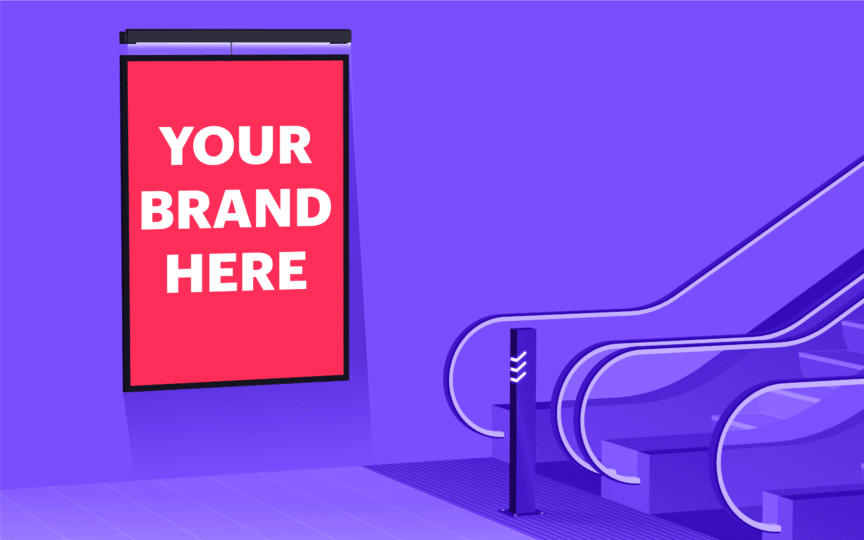
Tips for a brand awareness strategy that generates ROI
By now, you know what a brand awareness strategy is, and you know the elements that you need to include to start seeing results from your campaigns. Since we don’t do things by halves here at Fabrik, we think it’s also important to give you a rundown of some of the proven techniques you can use to make your brand awareness strategy even more effective.
Here are our tips for a brand awareness strategy that not only gets you seen and heard online, but also works to improve your bottom line too!
Create a consistent and unique brand identity
The average consumer can differentiate a can of Pepsi from a can of Coke standing half way across the room. In fact, you’d never confuse the two. The reason for this is that both of them have a unique brand identity. Creating a brand identity that’s consistent is crucial to your brand awareness strategy, as the last thing you want is to end up with several groups of different customers who all expect different things from your company. Remember, your logo, colours, communication strategies, and even your brand voice need to be ready to go before you start your awareness initiative.
Design an engaging and informative blog
We mentioned the value of content for your brand awareness strategy above. If you’re not sure where to get started with your content campaigns, a good solution is a blog. Most brands have a blog, but the ones that really stand out are those that are more than just your standard five-hundred word musings on the latest news. You need to create content that educates, entertains, and informs if you want your brand awareness strategy to work. Remember, quality is key.
Generate earned media and trust
Brand awareness is great, brand awareness that’s combined with trust and loyalty is even better. Most customers find earned media to be more credible than standard advertising methods, and they’ll also be more likely to share and interact with it online. Give people the chance to guest post on your blog, or think about the different ways that you can encourage your customers to generate content on your behalf, in the form of videos showcasing your products, testimonials, or even pictures.
Use the power of video marketing
Speaking of video, when it comes to content, video marketing shouldn’t be underestimated. Visual marketing has grown increasingly popular over the years, with Facebook Live now getting around 8 billion views a day, and out-performing even the famous YouTube. With stats like that, the chances are that your target audience are at least spending part of their time online. If you can design great video content for your brand, there’s a pretty good chance that you’ll find an audience that actually wants to watch it and share it with their friends.
Utilise brand personalisation strategies
We’ve mentioned the power of relationships several times in this blog, and there’s a good reason for that. Brand awareness can lead to brand affinity and brand loyalty – two things that are essential for a successful company. Personalisation will help to develop deeper relationships and improve your conversion rates. This might take the form of integrating what you know about your customers into a unique experience for every user, with dynamic content.
Encourage referrals through word-of-mouth
People trust information that comes from other consumers, more than they trust the claims made by a brand. With that in mind, when you’re building your brand awareness strategy, you’re likely to have a better impact if you draw attention to referrals, and encourage additional referrals from your existing customers. Remember, the best way to encourage referrals is with outstanding customer service, testimonials, and incentivisation. People love free stuff!
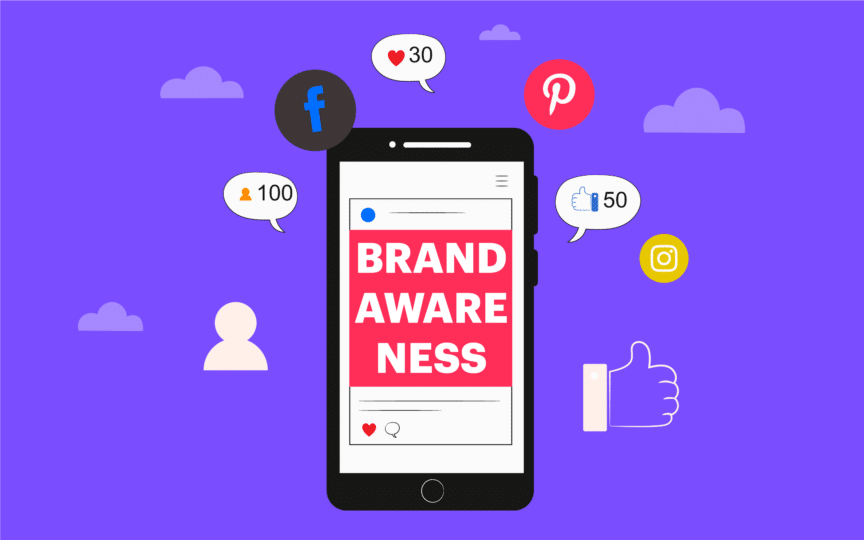
Try a press release
Regardless of the size or nature of your business, there’s always great results to be had from creating newsworthy press releases about whatever is going on in your company. While most people use press releases to announce new services and products, many resourceful companies are now using it as part of their brand awareness strategy.
Participate in events
Not all of your brand awareness strategy need to take place online. There are plenty of ways that you can improve your reach by simply using traditional media, and interacting with communities on a personal level, in person. Events and conferences give new businesses the perfect chance to interact directly with their consumers, while giving out free samples, and showing their expertise through speeches and panels.
Remember to be consistent
Last, but not least, remember that you’re only going to be relevant and familiar to customers in your industry when you’re constantly working on staying present within their minds. Maintaining an online and offline presence can be great for accomplishing this task. While your offline collateral works to target people locally – or wherever else you have a captive audience – your social media and company websites will allow you to engage in powerful conversations with members of your audience, so you can get to know them on a personal level.
Why inbound marketing and brand awareness go together
Before we draw this article to a close, it’s worth noting that your brand awareness strategy will often include a close focus on inbound marketing. This is something we’ve already addressed in part by looking at things like social media marketing, and content production.
So, what is it that makes inbound marketing so much better than outbound marketing when it comes to creating brand awareness that counts?
The simple answer is that inbound marketing appeals to the current market as it is today. It’s all about sharing unique and helpful content online to attract people to your website, rather than shoving your brand under the noses of people who might not be interested in your products or services.
Inbound marketing involves creating content that’s designed specifically for your target market, attracting valuable, qualified leads to your business. In other words, it’s more efficient, more profitable, and more effective for your brand awareness strategy.
With traditional advertising, the aim is to interrupt prospects. If they’re listening to music on the radio, you pop up with a commercial that interrupts that easy listening. If they’re reading something online, you might slide in from the sidelines with a cheeky banner ad. Though it’s still common to take these measures, it’s often seen as disruptive, and annoying.
Inbound marketing, on the other hand, doesn’t disrupt customers or distract them from what they’re doing. Instead, it tells them that you have something valuable to offer, which means that customers keep coming to your site, time and time again.
We won’t get into the details of inbound marketing here, but we will say that it’s a valuable part of your brand awareness strategy.
Closing thoughts on your brand awareness strategy
As this post has hopefully demonstrated, there are a range of ways in which you can improve brand awareness within your chosen market – from sharing press releases, to getting involved on social media. However, whatever you do, it’s important to make sure that the brand you create is unique, interesting, and consistent if you want a competitive edge.
Remember, designing the perfect brand means finding a way to translate the benefits of your company to your customers in a concise, and engaging way. Once you’ve done that, all you need to do is be consistent in your brand awareness strategy, and maintain the same voice and image across all the channels you use.
Be sure to stay involved with your social media channels, give customers a chance to get to know you on a friendly, and casual level, and explore the endless ways that you can inform people about what your business does. The more you work on building a brand awareness strategy that’s all about value and engagement, the more likely you are to earn leads that are ready to deliver real profits to your company.
If you enjoyed this article, you might enjoy these too:
— What your brand personality says about you
— You need a killer content marketing strategy











